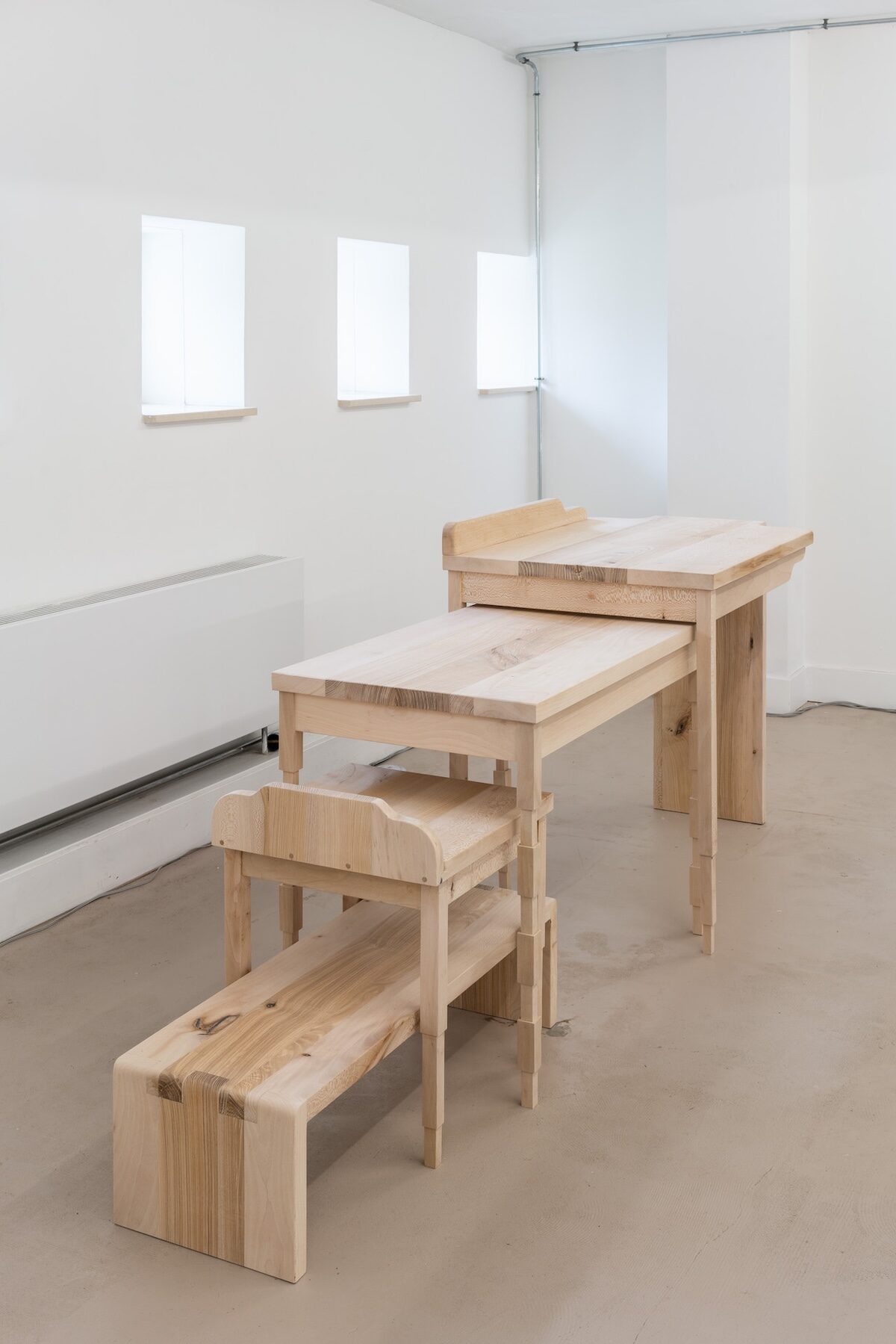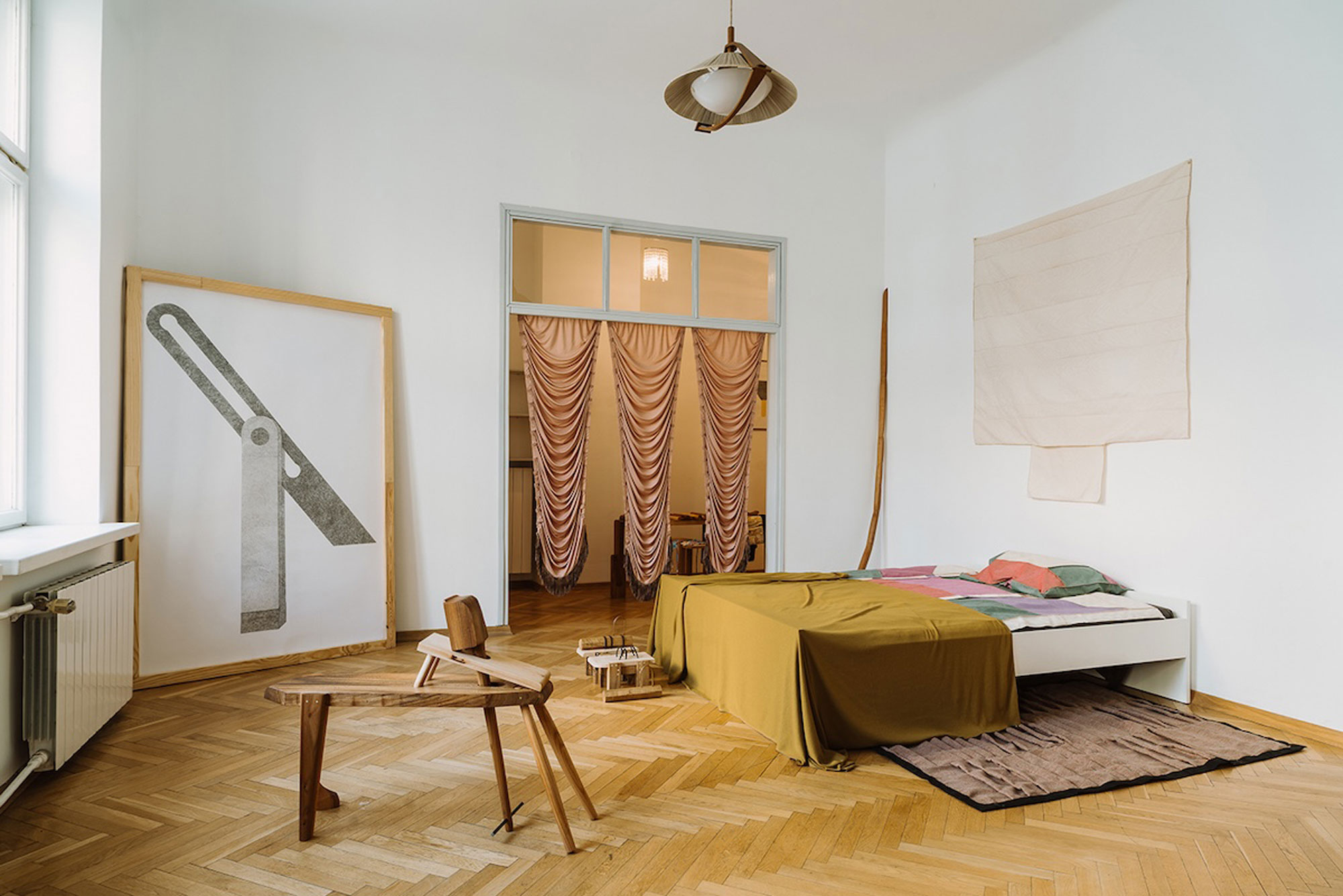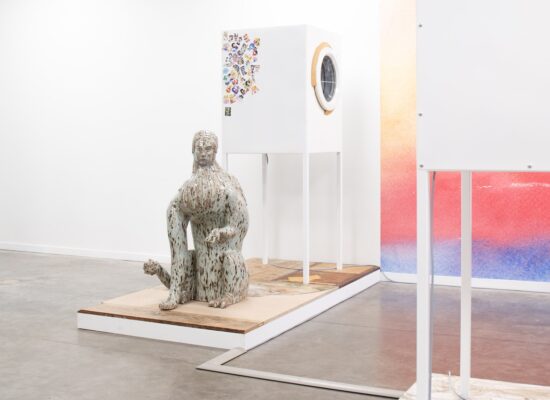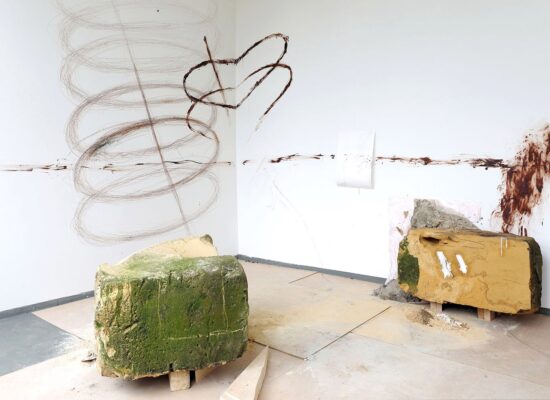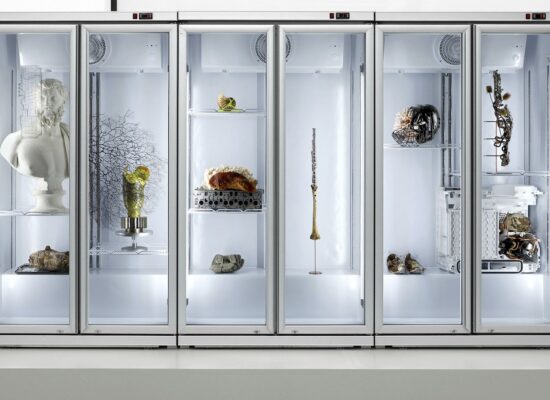How do you describe your own art practice?
I continuously operate on the brink of the disciplines of art and craft, and as much as related – they are not the same. I work as a sculptor and as a carpenter. These two domains have their own particular rules, rhythms, methods and perspectives. So I let them feed each other. I used to think that I would have to choose one or the other, but after having functioned in this hybridised way for a while, I see that it is not necessary and that I would never want to limit myself to one of them. It is that combination that allows me for a very prolific way to be, to travel, to think. This niche in between establishes who I am and how I enter the conversation. Craft is both a method and subject of my art practice, and it is crucial for me to not treat it with sentiment, and to not regard it as a thing of the past that we recreate. It is not the tradition that is the highest value of craft for me, but just on the contrary – it is its contemporary potential. It allows for certain resistance through its laborious pace, and by means of the embodied experiences it provides alternative sources of knowledges (equally important to the more theoretical paths).
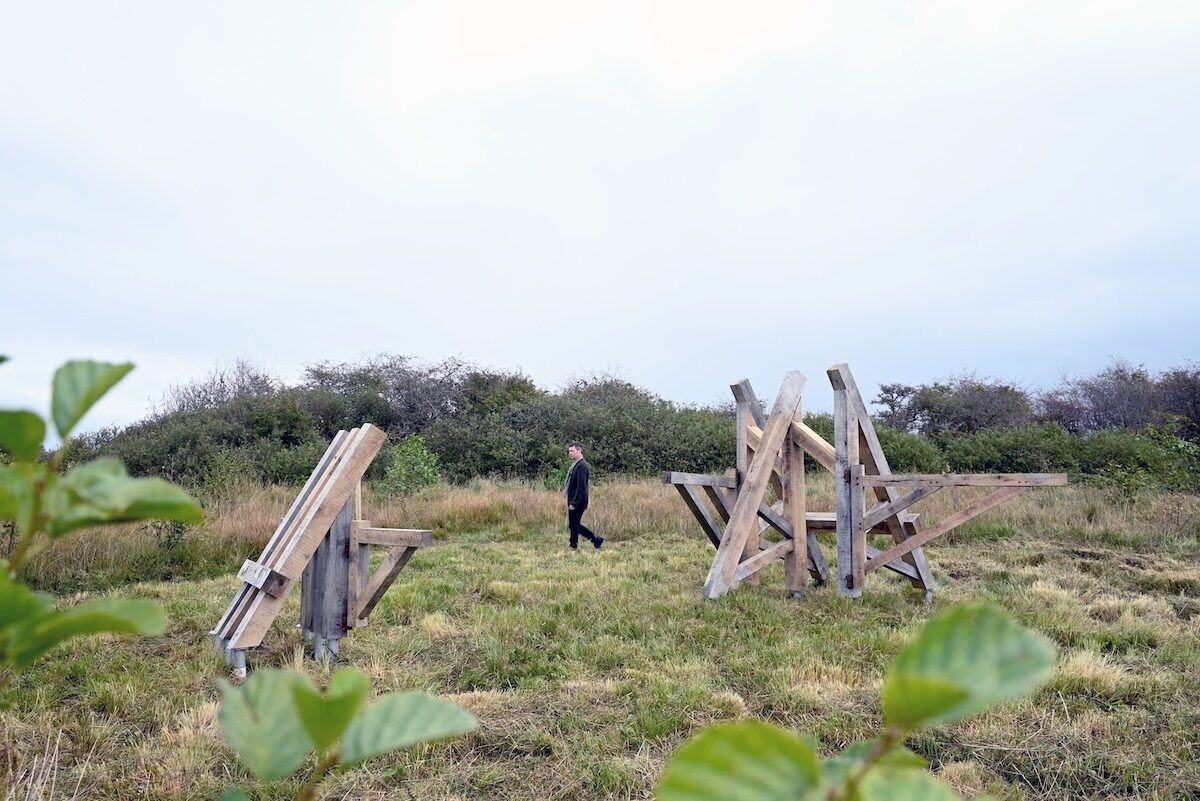
Which question or theme is central in your work?
I would say it is how to find a balance between the social and the autonomous in art. It is essential for me to explore the educational (in many different ways) and the emancipatory (if possible) potential of art. That is mostly achieved through the non-material: relations and situations. But at the same time, I do not want to abandon what is framed more directly as an art object. I just attempt for it to be a performative actor in my socially oriented endeavours.
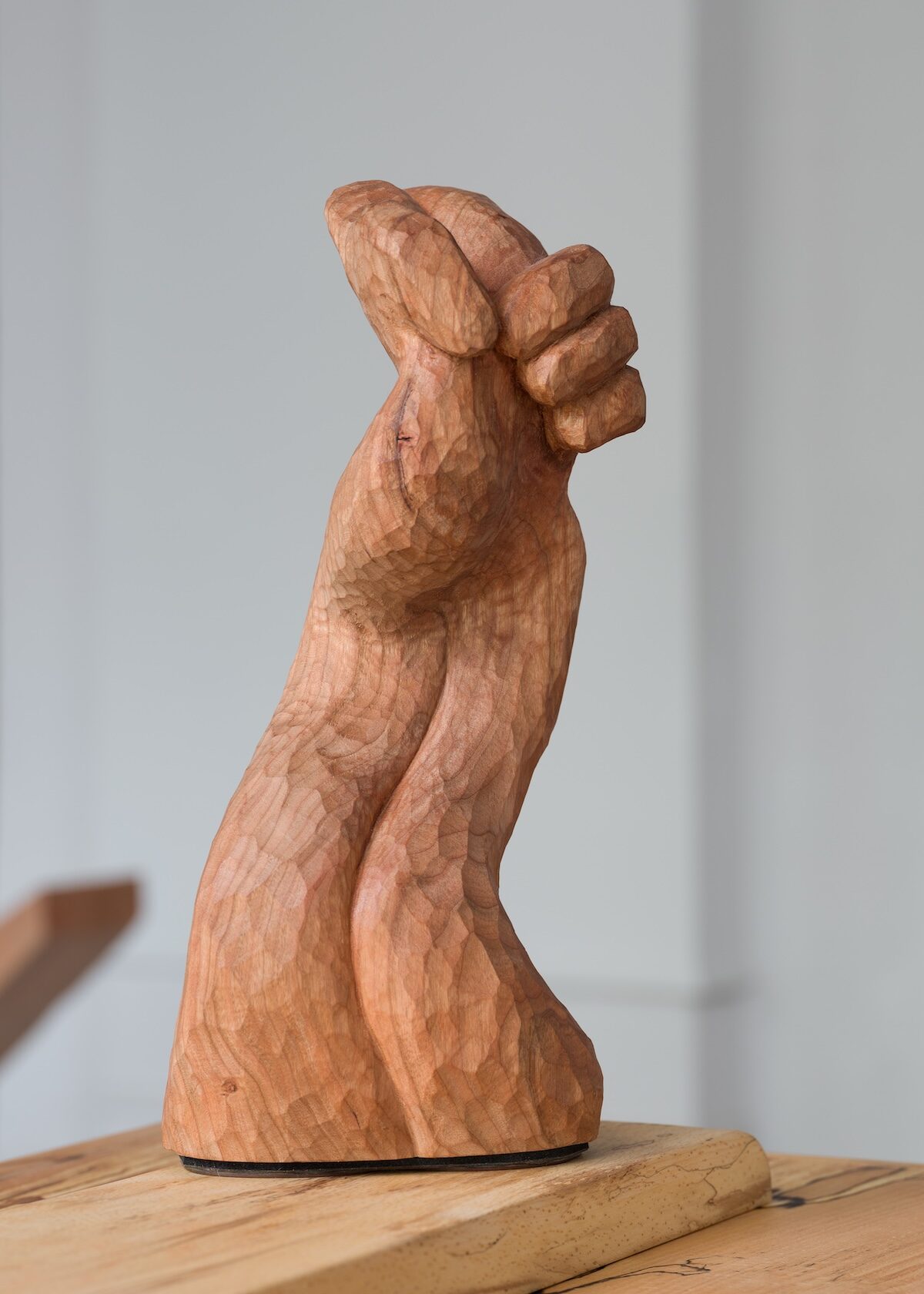
What was your first experience with art?
It was when as a primary school pupil I visited the Museum of Textiles (Muzeum Włókiennictwa) in my hometown, Łódź. It was way before I started to actively work as an artist, yet it stuck with me. I guess I can say that this encounter with monumental fiber installations was quite formative: seeing something that conveys a sense of things beyond our quotidian affairs.
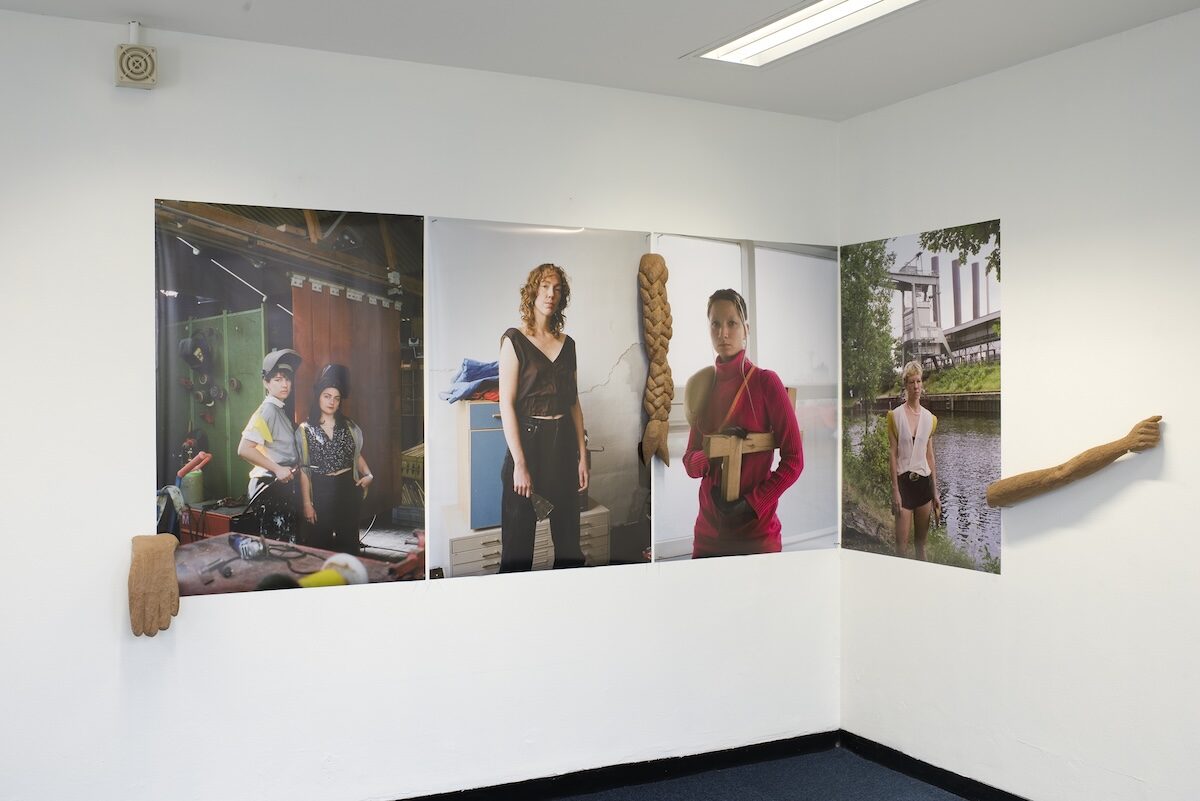
What is your greatest source of inspiration?
Not quite an inspiration, but rather a solid reference point. A couple of years ago I visited one of the prehistoric caves in Dordogne region in France. In fact, I was not planning on going there – convinced that it would be a place consumed by the tourist industry. Yet since I found myself in the area and was advised to go, so I did. And then I was surprised by how hugely it has impacted me to experience the materiality of some of the very first artworks, in their primary environment. I would say that it can serve as a fairly universal inspiration, as it connects to so many things that art has become later on. What impressed me is to witness the gesture that one decides to make in order to create a thing that is meta to their life. It is the impulse to reflect on the surroundings, and on one’s own role within them, and eventually to create a synthesised image of these, while telling a story. I see this as a form of transgression of what is given. Even if it is as simple as a drawing of an animal, with the use of rough resources at hand and the natural properties of the background (cave’s walls and the light coming in). It is a kind of work that acts as an added value to what we need, use and experience on a daily basis – yet it is not questionable. This is a good indication, if not aspiration, on how to continue to make art. To make it additional to the necessary, but at the same time – indispensable.
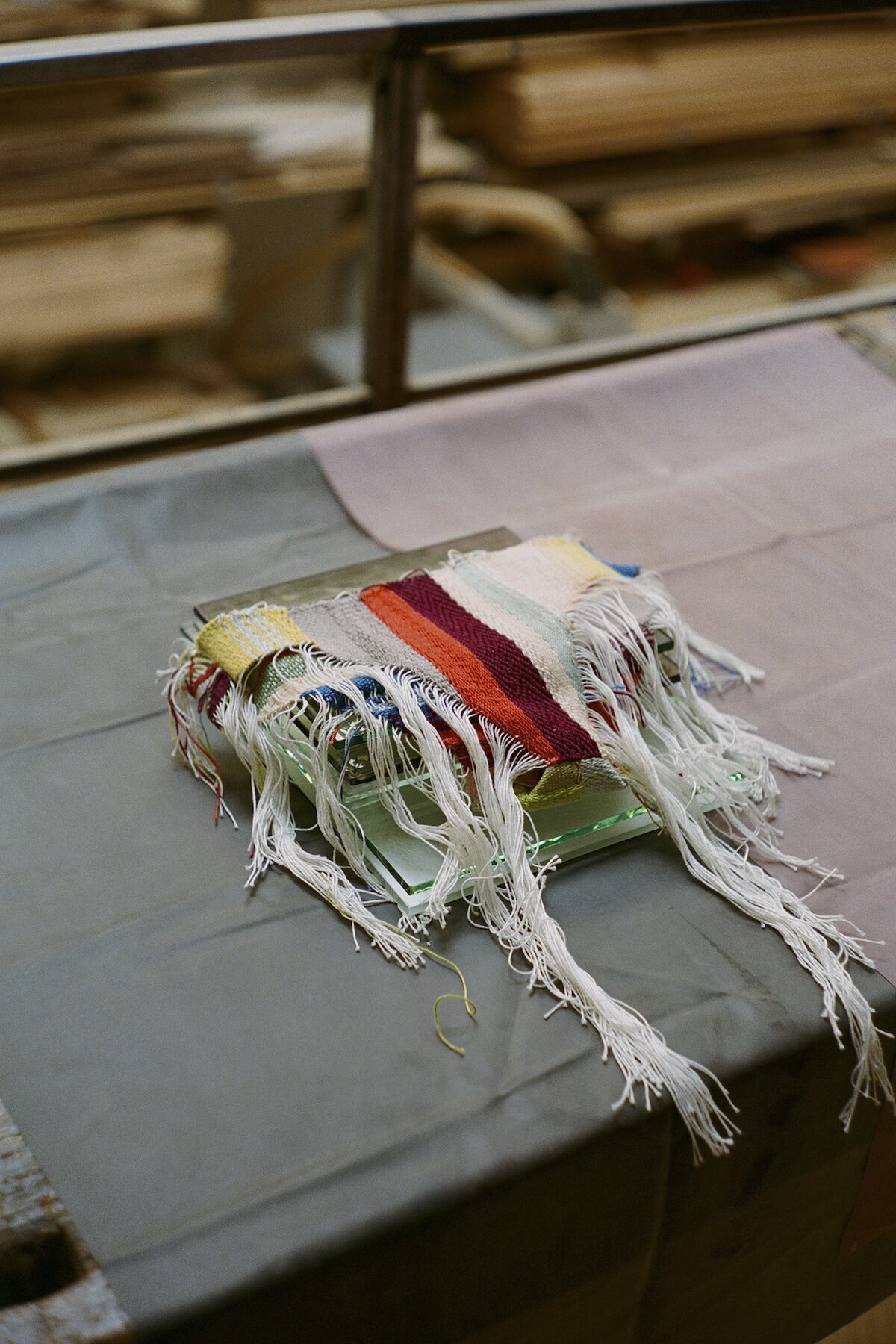
What do you need in order to create your work?
This probably depends on the moment and the context, but most generally I guess that I need to have some kind of solid base that gives me a feeling of confidence, goal and a bit of safety. This base can mean many different things (and certainly not all of them at once): it may be a clear commission, a neat place to work, a defined budget, a timeframe, a routine, a conversation, a collaboration, a piece of material or an afternoon free from anything else. If I don’t have any of it, I simply establish it for myself in any form and scale, for the time needed. It is about anything that gives me a temporary peace of mind, in order to move on and make something new happen. The strongest engine for me is an exchange of knowledge and experiences with others.
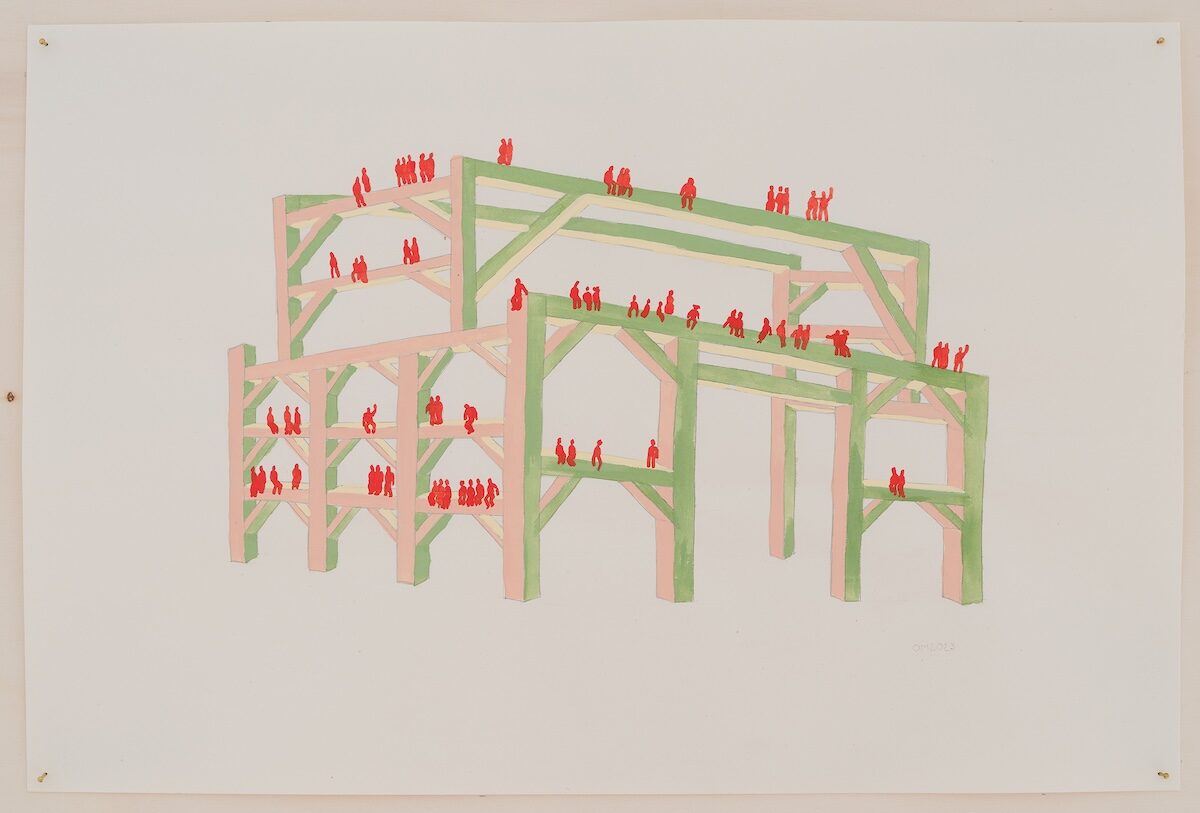
What work or artist has most recently surprised you?
Rozy Sapelkine. I have known Rozy for some years now, we met when they were still a student. I saw them not so long ago in their current place, which is Paris, and was very impressed with how persistent and courageous they are in establishing their own artistic world and a rich (visual) language to transmit it. It is a world that in many ways is quite foreign to mine, but being so consistent and beautiful, this realm touches me. It is great to witness someone grow like this. Rozy’s works are full of life, colour, sensuality, play and love. And full of who they are. At the same time, these works are not limited to the identity of their maker yet attentively oriented towards their surroundings and towards people around them. My absolute favourite are Rozy’s unreal stylisations and drag personality makeovers.
